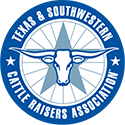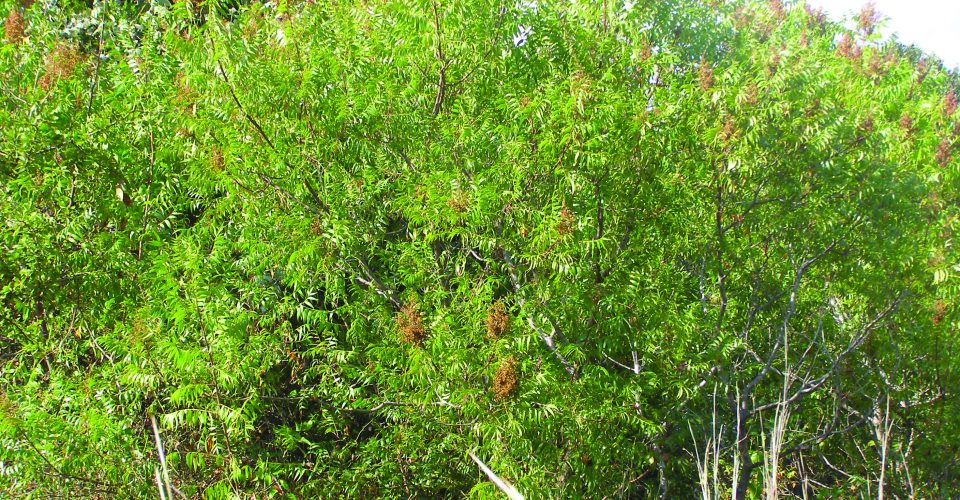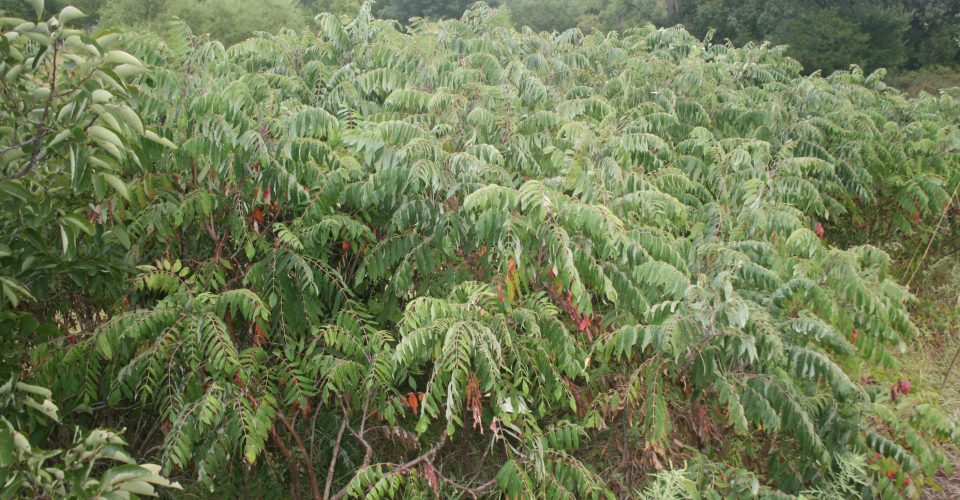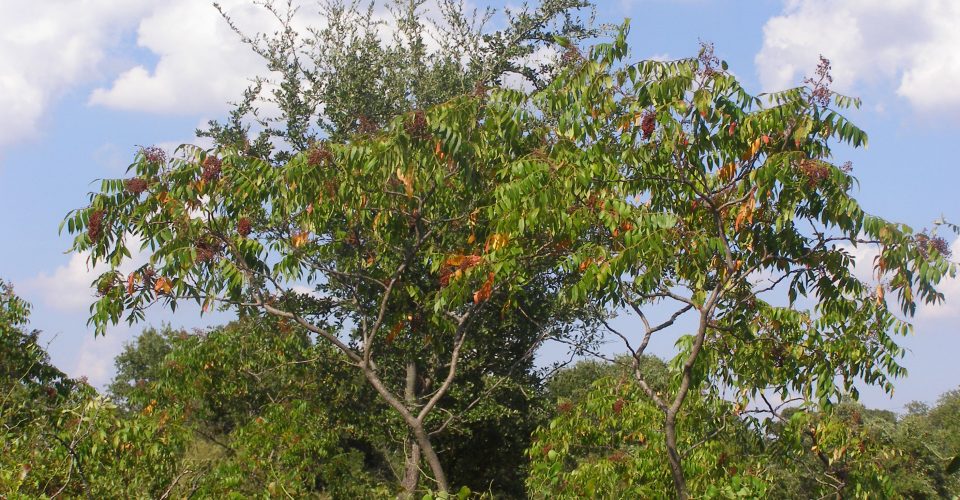Flameleaf Sumac (Rhus copallinum)
Flameleaf sumac is a large, slender-branched deciduous shrub or small tree found on the rocky hills, woodlands and bottomlands of Eastern, Central and South Texas.
The plant grows in small mottes or clusters and can spread by rhizomes, which send out roots and shoots to form a colony.
- Can reach a height of 25 to 30 feet tall
- Has long, narrow compound leaves that alternate along the stem.
- Leaves turn bright red, orange and yellow in the fall, thus the name “flameleaf”.
- Small creamy-white flowers form on the end of the branches in the summer. These flowers turn into numerous red fruit berry clusters that are very showy in the fall.
- Seeds were used by Native Americans to improve the quality of drinking water. The bark is also sometimes used in the tanning industry.
Flameleaf sumac is fair browse for white-tailed deer and goats. Many bird species and small mammals readily eat the berries.
The shrub’s seeds are very sensitive to fire and will germinate if burned, which can cause thousands of new plants to sprout and grow. Flameleaf sumac can become a pest in pastures, but it can easily be controlled by mechanical and chemical methods.
Editor’s note: Kent Ferguson, retired rangeland management specialist from USDA Natural Resources Conservation Service (NRCS), is providing us with plant identification photo stories to help ranchers identify those forbs, forages and species growing in the pastures. Additional photos provided by USDA NRCS.
Flameleaf Sumac is excerpted from the October 2016 issue of The Cattleman magazine.





